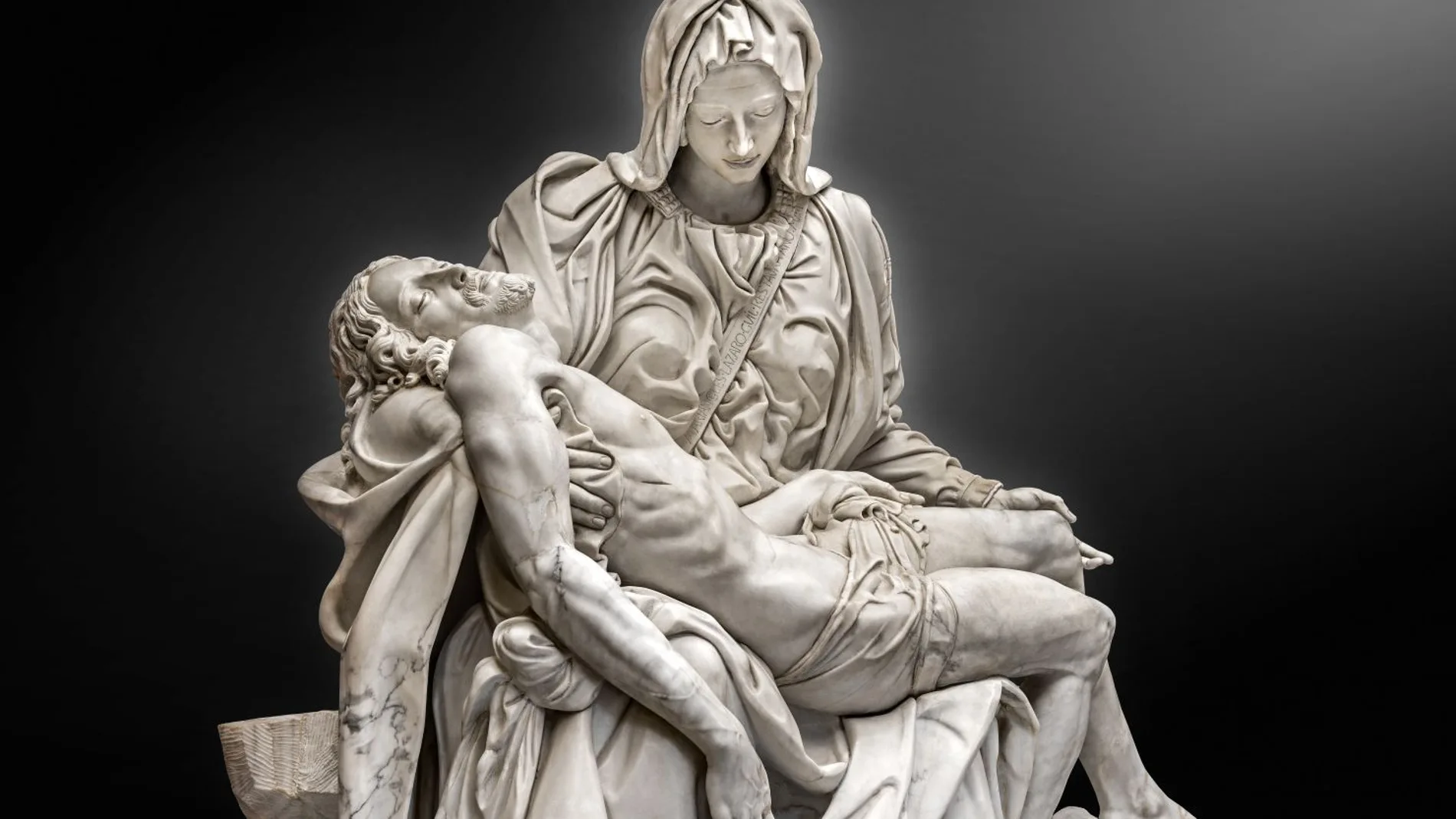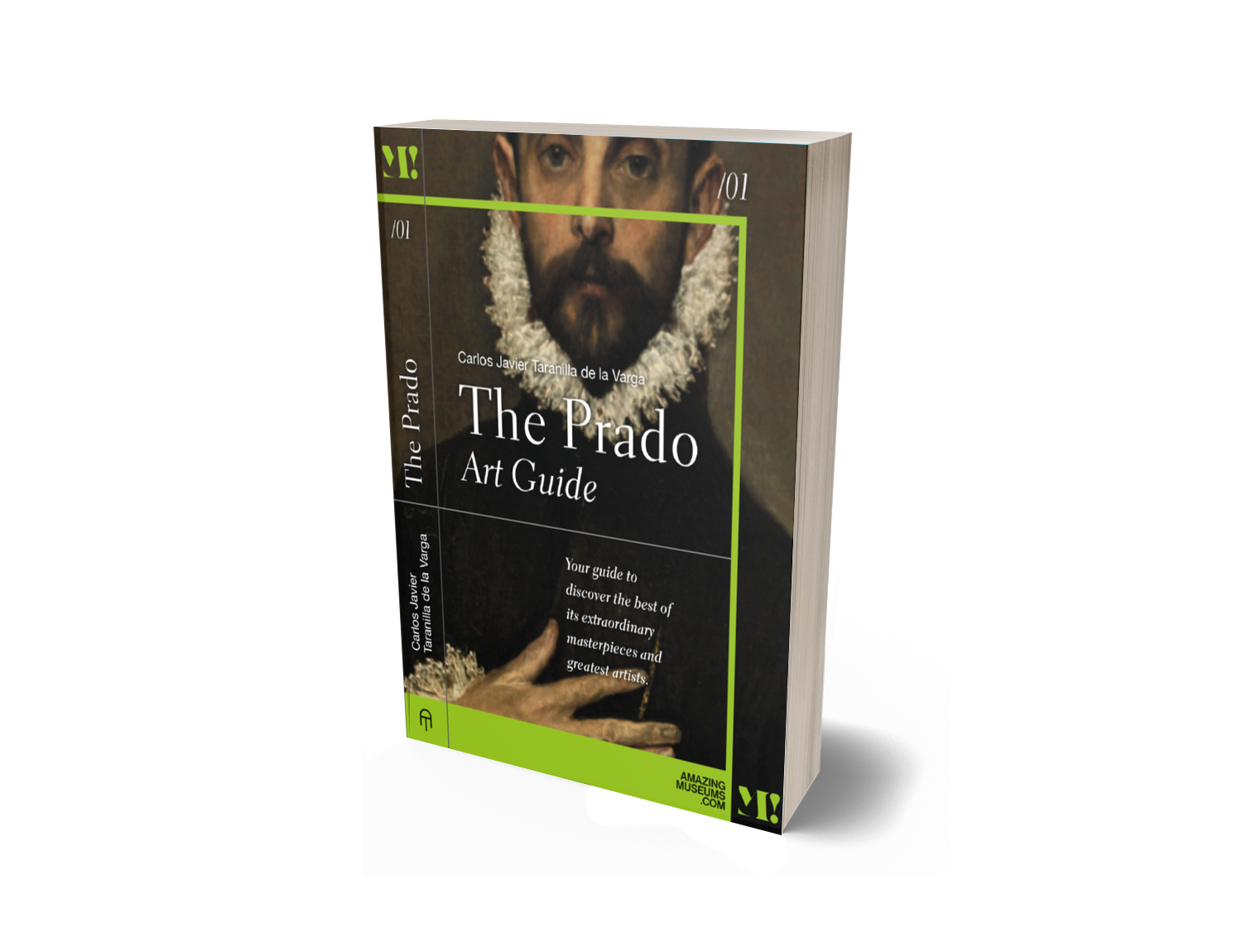
Michelangelo only signed one work during his lifetime, how do we know the authorship of the rest?
Pity is a feeling of compassion and empathy that has been depicted throughout history in various artistic forms. One of the most famous depictions of piety is the famous Italian Renaissance sculptor Michelangelo Buonarroti, known simply as Michelangelo. Among all his masterpieces, one in particular stands out: the Pietà, the only work the artist signed.
Michelangelo is widely recognized as one of the most influential and talented artists in history. His unique style and exceptional sculpting skills led him to create some of the most celebrated works of all time, such as the sculpture of David and the frescoes in the Sistine Chapel. However, unlike many contemporary artists, Michelangelo rarely signed his works, so why did he choose to do so with the Pietà?
Why did Michelangelo sign the Pietà?
First, it is important to understand the role of the author as a figure in the art world. For much of art history, artists were considered mere artisans. Their work was intended to beautify churches, palaces and public squares, and they were not attributed the same importance that they are given today. In many cases, artists were hired on commission and their work was done anonymously.
However, as the Renaissance flourished, the notion of "authorship" began to gain importance. Artists, led by figures such as Leonardo da Vinci and Michelangelo, began to be recognized as creative individuals with a unique vision. This led to a greater appreciation of their work and, eventually, they began to sign their works.
Michelangelo, despite his undeniable genius, signed only one of his works: the Pietà. This sculpture, completed in 1499, depicts the Virgin Mary holding the body of Christ after the crucifixion. It is a masterpiece that shows delicacy and sadness in the figures, capturing the essence of piety.

*Michelangelo's Pietà, the artist's only signed work.
So why did he choose to sign this particular work? It is believed that Michelangelo signed it because of the artist's youth at the time. He was only 24 years old when he completed the Pietà, and he wanted to make sure that his name was associated with this masterpiece. In addition, the Pietà was commissioned by French Cardinal Jean de Billheres for his funeral chapel in St. Peter's Basilica, which may have influenced Michelangelo's decision to sign it.
The Pietà is an emblematic work that shows Michelangelo's technical and artistic mastery. Over the years, it has been established that most of the works attributed to the artist are his, even if they are not signed. The unmistakable quality and style of his work has allowed experts to identify and authenticate his creations.
Artists who did not sign their works
However, there are other renowned artists who did not sign their works. In the past, many artists worked as part of workshops, where several artists collaborated in the creation of a work. In these cases, it was common for the works to not carry a specific signature, as it was considered a collective work.
One prominent example of a famous artist who did not sign his works is Leonardo da Vinci. Although he is credited with numerous iconic paintings and drawings, such as The Last Supper and The Mona Lisa, he rarely placed his signature on his creations. Instead, he focused on perfecting his techniques and exploring new artistic horizons.

*The Last Supper, attributed to Leonardo Da Vinci, but without signature.
The lack of signature on the works of some artists did not prevent their works from being recognized and admired. These artists relied on the quality and impact of their creations to convey their talent to the public. Moreover, in many cases, the styles and techniques employed in unsigned works aligned closely with the style and era in which the artist lived, which helped experts to attribute them correctly.
In contrast, the signature on Michelangelo's Pietà demonstrates an evolution in the way artists were perceived and recognized in Renaissance society. The decision to sign this masterpiece may have been an act of self-assertion and a quest for individual recognition on the part of Michelangelo. As the figure of the artist rose in status and his creative uniqueness was valued, the signature became a way to leave a distinctive mark on his work and establish his authorship.
Michelangelo's Pieta, with its poignant expressiveness and detailed realism, is an exceptional depiction of piety and an outstanding example of the artist's talent. Although it is the only work that bears his signature, his unmistakable style and technical skill have allowed experts to attribute numerous works of art to him throughout his career.
Michelangelo's Pietà stands out as the only work signed by the artist and represents a turning point in art history, where artists began to be recognized and valued as creative individuals. Although many Renaissance artists did not sign their works, Michelangelo's signature on the Pietà shows his desire to be recognized and leave his mark on art history. His legacy endures to this day, and his influence can be seen in the works of many later artists who also sought to leave their mark on the art world.
If you are interested in art, we recommend our collection of books 'Great Museums'. Among other titles, you can find El Prado Guía de Arte, an essential art guide to discover and learn the essentials of the greatest works, artists and styles in the Prado Museum, including authors and analysis of these and other works.
'The Prado Art Guide' available at: https://www.amazon.es/dp/841894336X/

